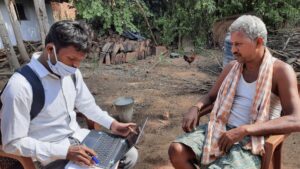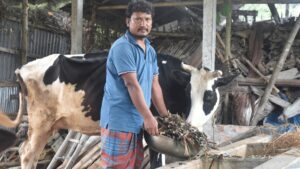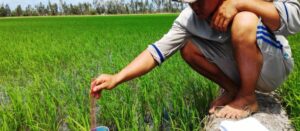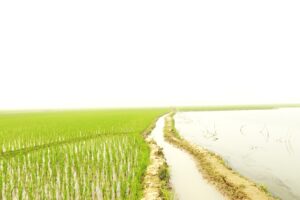by Jonna P. Estudillo, Yoko Kijima, Tetsushi Sonobe (editors)
This volume is a compilation of essays written by top researchers on the topics that Prof. Keijiro Otsuka has been working on in his career. He served on the Board of Trustees of the International Rice Research Institute (IRRI) as a member and subsequently as Chair and Senior Adviser to the Director General between 2002 and 2010. His first agenda as was to send IRRI scientists to rice research institutes in Africa and allow African scientists to visit IRRI. It served as an important process in the whole gamut of strategic processes in Asia in the early stage of agricultural development.
The book explores the multifaceted aspects of agricultural development and rural transformation in Asia and discusses the similarity of the Asian experience with that of contemporary Africa. It evaluates whether Africa is following in Asia’s footprints. This volume has a resounding message that Africa is becoming the next Asia as it benefits from the earlier experience of Asia in agricultural and overall development.
Professor Otsuka’s dream is to have “a new Asia in Africa.” Empirical evidence in this volume shows that it is not an impossible dream at all.

This Open Access book explores the multifaceted nature of agricultural and rural development in Asia and examines the extent to which the Asian experience is being replicated in contemporary Africa.
This volume is a compilation of essays written by top researchers on the topics that Prof. Keijiro Otsuka has been working on in his career. The authors have had either a chance to work with him on a research project or are simply his good friends in the profession. The essays were written in a way easily understandable by people in many different disciplines. The aim of the volume is to identify the pathways of agricultural development in Asia and Africa. It evaluates whether Africa is following in Asia’s footprints.
This volume has a resounding message that Africa is becoming the next Asia as it benefits from the earlier experience of Asia in agricultural and overall development.
Africa has followed the Asian pathways: borrowed technology from abroad; did adaptive research in rice farming (modern seeds, fertilizer, and mechanical technologies); secured property rights on natural resources; adopted information and communication technologies (ICTs); invested in human capital, including training; and spread high-value revolution.
Borrowed technology from abroad and adaptive research have jump-started the Asian-style Green Revolution in rice farming in favorable production environments in Africa and are expected to spread to other areas. In Asia, the Green Revolution resulted in higher food production and lower food prices that led to deterioration in terms of trade of agriculture (i.e., the decline in the price of farm goods relative to nonfarm goods), leading to rapid structural transformation.
The most striking feature of structural transformation is the secular decline in the share of agriculture and the corresponding increase in the combined share of industry and services, whether measured in terms of output or employment. Structural transformation in Asia has been the primary driver of the region’s rising income and geographic movement of capital and labor. Asia was successful because it used agriculture as the engine of growth.
Since the Green Revolution started in Africa, we expect dynamic agriculture to follow soon, driving structural transformation and overall development in Africa. Borrowed technology and adaptive research serve as important keys to modern agriculture. Professor Otsuka has been helping in this endeavor when he served on the Board of Trustees of the International Rice Research Institute (IRRI) as a member and subsequently as Chair and Senior Adviser to the Director General between 2002 and 2010.
His first agenda was to send IRRI scientists to rice research institutes in Africa and allow African scientists to visit IRRI. Scientific exchanges of this kind are not new. It served as an important process in the whole gamut of strategic processes in Asia in the early stage of agricultural development. Professor Otsuka’s dream is to have “a new Asia in Africa.” Empirical evidence in this volume shows that it is not an impossible dream at all
The most important finding presented in this book is that African agricultural development has evolved following the pathways of Asian agricultural development. The common pathways are borrowed technology from abroad and adaptive research exemplified by modern seeds, fertilizer, and mechanical technologies in rice farming; secured property rights on natural resources; adoption of ICTs; investments in human capital, including training; and launching of the high-value revolution (or high-value agriculture). In both continents, agricultural development started in the crop sector, which had a strong tendency to induce the dynamic development of other sectors in rural areas.
This book is divided into four thematic parts:
(1) The Green Revolution in Asia and Africa,
(2) Land Tenure and Sustainable Natural Resource Management,
(3) Transformation of the Rural Economy, and
(4) Emerging Issues in Agriculture






